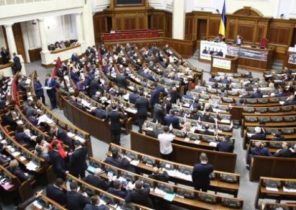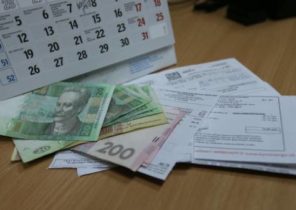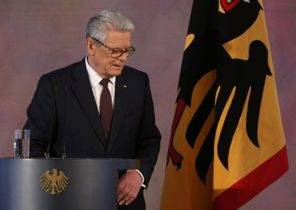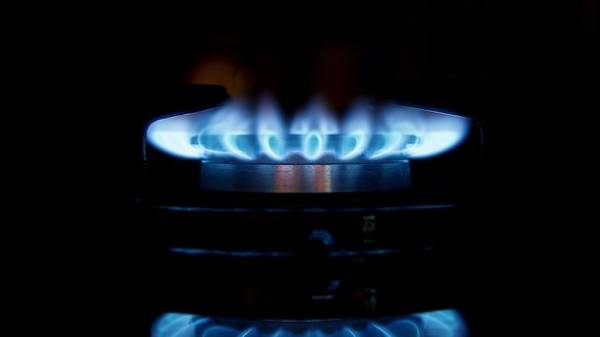
Ukraine a few weeks ago signed an agreement with the IMF on cooperation. As a result, the country received the next tranche of the loan and has assumed a number of obligations, which was signed by the President, members of the government and the national Bank head. In August of this year, Ukraine needs to introduce a monthly fee for heating. In fact, to pay for heat will have all year. The website “Today” figured out how and when you will have to pay the Ukrainians under the new rules.
What is the fee for heating
For some Ukrainians fee for heating is not new. First divided the rate of heat lions in 2006. The townspeople explained: to keep the infrastructure on which comes in the Gcal flats, money is needed all year round. In fact, subscription fees – funds for the maintenance of pipes and distribution system. In the heating season the residents of Lviv pay for one Gcal of heat 1266,5 hryvnia and 53.4 hryvnia of this amount – the cost of the subscription fee in the “cold” season. In non-heating season (October to March) fee costs at 26.3 hryvnia.
In most Ukrainian cities there is a uniform heating rate, and you need to pay only during the heating season. This rate already includes all spending, including on infrastructure. Soon, according to the Memorandum with the IMF, Ukrainians will have to pay two fares. “We will apply the tariff for the gas distribution and heating based on the capacity, it will move a fraction of the cost in the summer months”, – the document says.
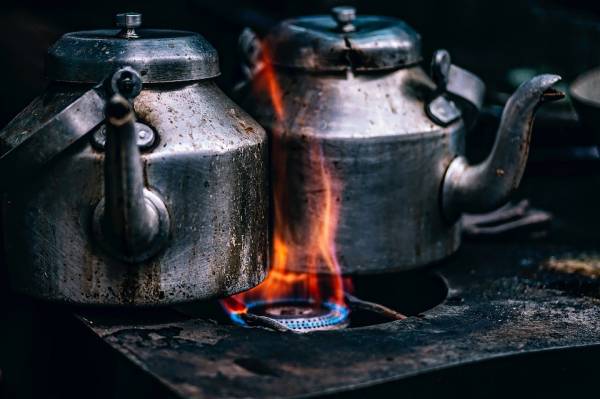
Photo: pixabay.com
Ukraine has already tried to introduce a monthly fee for gas a few months ago. Then it turned out that Ukrainians who use gas only for heating food, would have to pay more. In addition, at the time the subsidy was not distributed to the monthly fee. The national Commission in charge of implementing government regulation in the areas of energy and komuslug (NKREKU) its decision was suspended. By the end of April, the Cabinet paved the way for the reintroduction of the subscription fee – has made changes to the decree on a simplified system of granting subsidies: discount on a communal flat since may this year extends to the as yet inoperative subscription fee.
How to change the heating rate, and what will be the monthly fee depends on the calculation methodology, which will choose in NKREKU. For example, in tariff”, Kievenergo” the cost of transportation and delivery is approximately 9%. If the tariff is divided into two components, the fee could be around 100 UAH per Gcal.
Given that the monthly cost share for the entire year, during the heating season, heat will be cheaper.
“If you look at the European experience, there are companies who are building the station, preparing the infrastructure. The company proposes to use this infrastructure. And you need to pay not only for gas, electricity, thermal energy, and infrastructure. This will allow the company to recoup spent on the funds. With regard to existing systems, I don’t think that the changes to the rights of ownership of the system someone of the operators should get paid for capacity. If this goes on, the Ukrainian consumer will pay for the existence of the toilet in his apartment,” – said Gennady Ryabtsev.
How much would you pay for gas
Monthly fee and the gas and heating plan to introduce this summer – until the end of August. The amount of the license fee of gas depends on the type of meter and urban infrastructure. The majority of Ukrainians installed gas meters G4 (they account for 85% of total consumption). In NKREKU calculated: Kiev with such a metering device must pay a monthly fee of 67.2 hryvnia, without the counter – 44,8 hryvnia. In Kharkov fee may be 88,8 hryvnia with counter and 59,2 hryvnia without him. The average for Ukraine fee is 90 UAH. The most expensive in the Transcarpathian region, 204 of the hryvnia with the meter and 136 UAH without him.
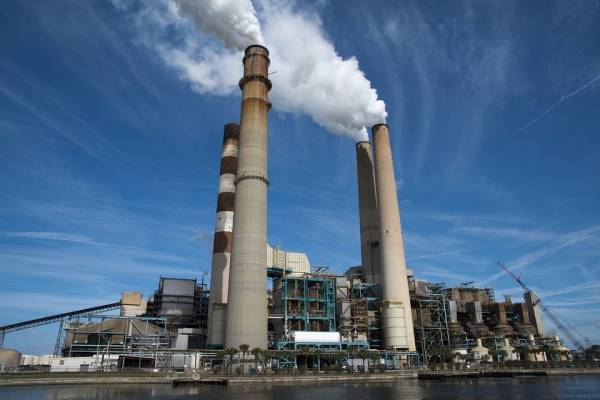
Photo: pixabay.com
For example, a family of three people in Kiev’s high-rise buildings with heating and hot water per month on average burns 13.2 cubic meter of gas (according to the social norm of consumption). Prior to the introduction of a monthly fee a family has to pay 90 hryvnia for gas, and after the first of April – 146,4 hryvnia (79,2 rate for gas and 67.2 hryvnia monthly fee).
To pay more will have even with subsidy
“Until the end of July 2017 we will review other system settings utility subsidies to households to improve targeting; will revise social norms in off-peak months during the heating season…So this will allow you to restrict expenditure on subsidies to 47 billion hryvnia,” – said in a Memorandum with the IMF.
The next heating season will be for Ukrainians.E. first, norms of consumption of gas for heating was reduced from 5.5 to 5 cubic meters per square meter (a subsidy is paid only on the norm), and secondly, for those who heats their homes, the subsidy will begin to cover the cost of heat only from October 15 to April 15. During the heating season 2016/2017 subsidy for heating for all appointed from 1 October to 30 April. In fact, the heating season reduced to one month. If you start to heat the house or apartment before October 15, or finish later than the 15th of April, for the used energy will have to pay full price.
If the government, as specified in the Memorandum of cooperation with the IMF, will again revise the standards, the subsidy will be reduced and the amount of the payment of Ukrainians will rise. By the way, according to estimates of the Ministry of social policy, this year from the 15 million Ukrainian families “discount for a communal flat” will issue approximately nine million. In fact, most Ukrainians will pay for the utilities in half with the state.
The budget for 2017 for grants has allocated a record amount of UAH 51 billion. In just a few years the number of recipients of subsidies in Ukraine has increased 20 times. So, in 2014, the grant was issued 450 thousand people, and in 2016, according to estimates of the Cabinet, “a discount on a communal flat” has received 6 million families.

